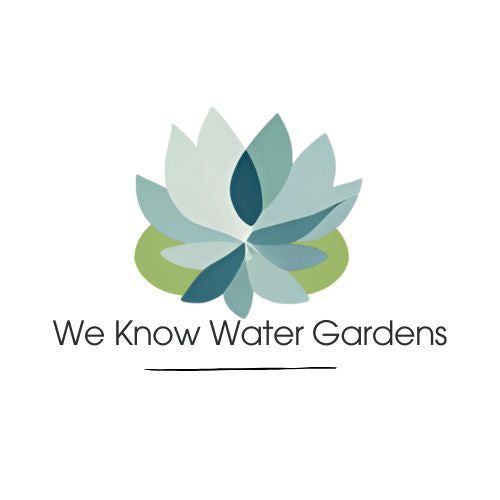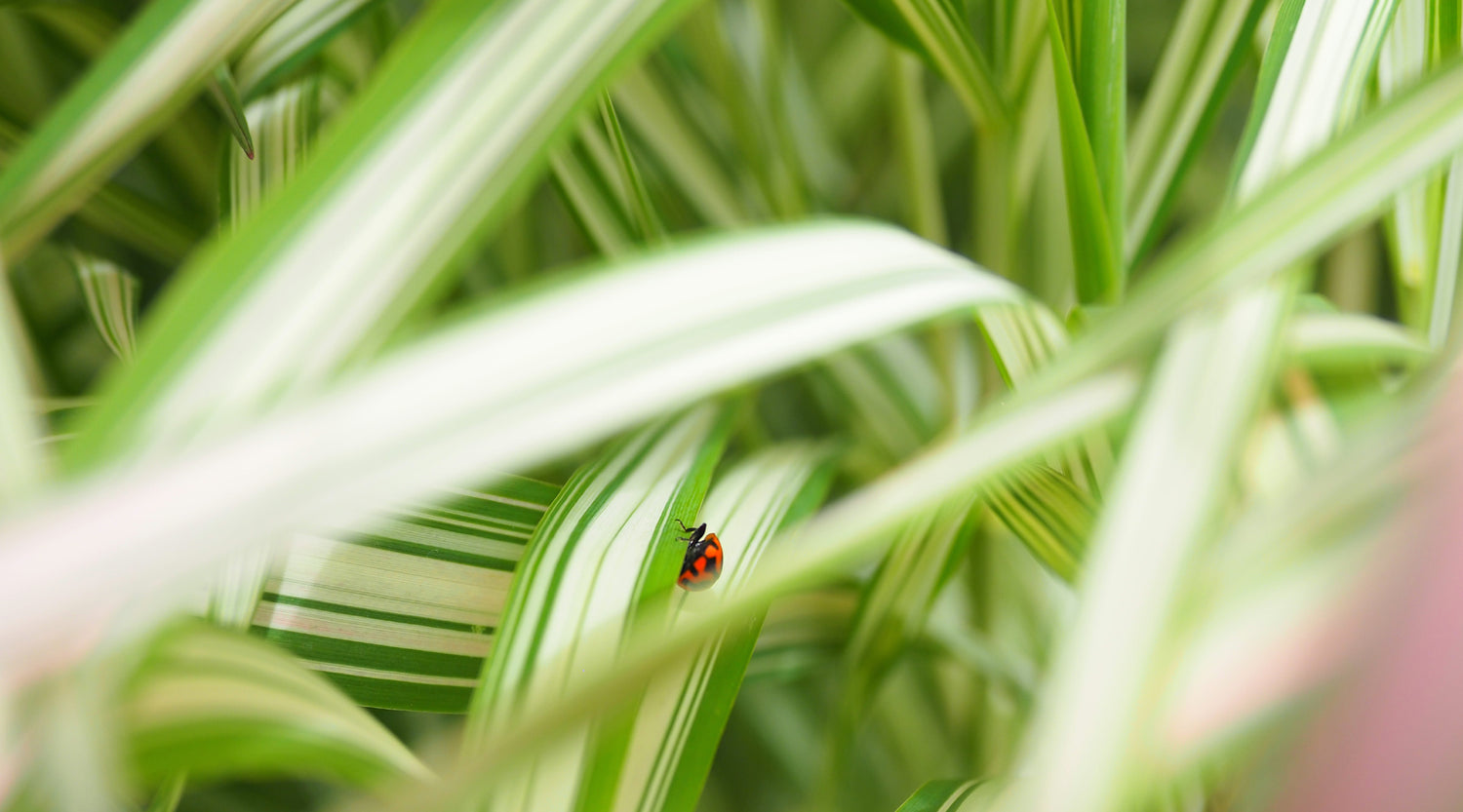Home
>
We Know Water Gardens Blog
>
The Ultimate Guide to Growing Plants with Soil-Based Aquaponics in Australia
The Ultimate Guide to Growing Plants with Soil-Based Aquaponics in Australia
on May 11, 2023

Soil-based aquaponics is a sustainable and efficient way to grow plants while also raising fish.
If you're in Australia and want to try this simple method, our guide can help you get started.
We'll cover the basics of soil-based aquaponics, the equipment you'll need, and tips for growing healthy plants.
What is Aquaponics?
Aquaponics is a sustainable farming system that combines aquaculture (raising aquatic animals such as fish, crayfish or prawns in tanks) with hydroponics (growing plants in water). In an aquaponic system, the waste products from the fish are converted into nutrients for the plants, which in turn clean the water for the fish. This creates a closed-loop system that is highly efficient and requires less water than traditional farming methods.
Aquaponics can be used to grow a wide range of crops, including vegetables, herbs, and flowers, and can be done on a small or large scale, from home gardens to commercial operations. Aquaponics is a sustainable and environmentally friendly way of producing food, as it uses less water and reduces waste, while providing fresh and nutritious produce.
Understanding Soil-Based Aquaponics.
Soil-based aquaponics is a method of growing plants that combines aquaculture (raising fish) with hydroponics (growing plants in water). In this system, fish waste provides nutrients for the plants, while the plants filter the water for the fish. Unlike traditional aquaponics that use a soiless medium such as clay pellets or gravell, soil-based aquaponics doesn't require this medium which can be a limited resource in some areas. Instead, plants are grown in garden soil as a medium and we believe this allows for better control over the growing environment. This method is a simple, low effort and maintenance way to produce delicious tasting edibles in no time at all!
Choosing the Right Plants for Soil-Based Aquaponics.
Our unique floating rings enable this style of aquaponics to work successfully in any size system. When it comes to choosing plants for soil-based aquaponics, there are a few things to keep in mind.
First, consider the pH level of your water. Most plants prefer a pH of 7.0, and so do most of the fish we recommend growing along side your plants too.
Next, think about the size of your system and the space available for plants to grow. Some plants, like kankong, require more space than others. Finally, consider the temperature and lighting requirements of your chosen plants, as these can vary widely depending on the species. With these factors in mind, you can choose the right plants for your soil-based aquaponics system and enjoy a bountiful harvest.
If you are just starting out with an aquaponic setup, we recommend our starter packs. These are made up of our most popular plant choices that we know you will have great growing success with and you will save money as these packs are cheaper!
packs. These are made up of our most popular plant choices that we know you will have great growing success with and you will save money as these packs are cheaper!
Setting Up Your Soil-Based Aquaponics System.
Before you can start growing plants with soil-based aquaponics, you need to set up your system. This involves choosing the right location, selecting the appropriate equipment, and preparing your soil and water. Start by finding a location that receives plenty of sunlight and is protected from strong winds. Aquaponic systems can be set up in a small green house or indoors under the correct uv spectrum.
You will require 2 separate units for this method of aquaponics connected with a pipe that will recirculate the water between the two through the use of a pump. The first unit will hold your water plants and the second unit will house your fish.
PVC water troughs from agricultural produce shops make excellent aquaponic systems. The first trough will hold your plants and should sit above your fish tank base. This will ensure that your plants get plenty of light. Make sure that the plant trough is wider than our 7 or 12cm floating rings, the depth isn't as important for the plants as they will float!
With these steps complete, you're ready to start growing plants with soil-based aquaponics.
What Plants Grow in a Soil-Based Aquaponic Setup?
In a soil-based aquaponic setup, the plants grow in a soil-based growing medium that is irrigated by nutrient-rich water from the aquaponic system. While many plants can grow well in such a system, it is important to choose plants that are well-suited to the particular environmental conditions of the aquaponic setup, such as temperature, pH levels, and available nutrients. Here are some examples of plants that are commonly grown in soil-based aquaponic setups:
-
Leafy greens - such as lettuce, kangkong, spinach, and chard - are popular choices for aquaponic systems, as they are fast-growing, nutrient-dense, and can tolerate a wide range of environmental conditions.
-
Herbs - such as basil, mint, parsley, and water celery - are also well-suited to aquaponic systems, as they are often used in small quantities and can be harvested continuously over an extended period.
-
Fruiting vegetables - such as tomatoes, peppers, cucumbers, and eggplants - can also be grown in soil-based aquaponic setups, but they may require additional support and care due to their larger size and longer growing periods.
What Fish Grow Well with Aquaponics?
Three of the easiest fish to grow in an small aquaponic system include:
- Silver perch
- Common goldfish
These fish are easy to buy (your local pet shop will have plenty), low maintenance and will enjoy the same pH requirements as your plants. These fish will require feeding daily with a pellet or flake food daily in the warmer growing season and once a week during the cooler months.
For larger aquaponic setups and in warm climates, you can grow yellow perch or barramundi!
Maintaining Your Soil-Based Aquaponics System.
Once you have set up your soil-based aquaponics system, it's important to maintain it properly to ensure the health and growth of your plants. This includes monitoring the pH level and nutrient balance of your soil and water, as well as regularly checking for pests and diseases. You may also need to add additional nutrients or adjust the pH level as needed. Your fish will also require feeding with a quality flake or pellet food as the more waste they produce, the happier your plants will be! You should still fertilise your plants during the warmer growing season with our fertilising tablets. These won't harm your fish as we sell a fish safe fertiliser.
It's also important to regularly prune and harvest your plants to promote healthy growth and prevent overcrowding. With proper maintenance, your soil-based aquaponics system can provide a sustainable and efficient way to grow plants in Australia.
Top up your system when water levels drop. Even through the use of a recirculating water system, you will experience water loss through evaporation. Make sure that you treat the new water to remove any chlorine and chloramine to keep your fish healthy.
Clean out your pump whenever it starts to slow or become clogged. Rinse any filter in a bucket of water.
Troubleshooting Common Soil-Based Aquaponics Problems.
While soil-based aquaponics can be a highly effective way to grow plants, there are some common problems that can arise. One of the most common issues is nutrient deficiency, which can lead to stunted growth or yellowing leaves. This can often be resolved by adding additional nutrients to the soil with a Pond Plantz Time Release Fertilizer tablet. Another issue is pH imbalance, which can also impact plant growth.
Regularly testing and adjusting the pH level can help prevent this problem. Pests and diseases can also be a concern, so it's important to regularly inspect your plants and take action if necessary. By staying vigilant and addressing problems as they arise, you can ensure the health and success of your soil-based aquaponics system.
© weknowwatergardens 2023
Share




